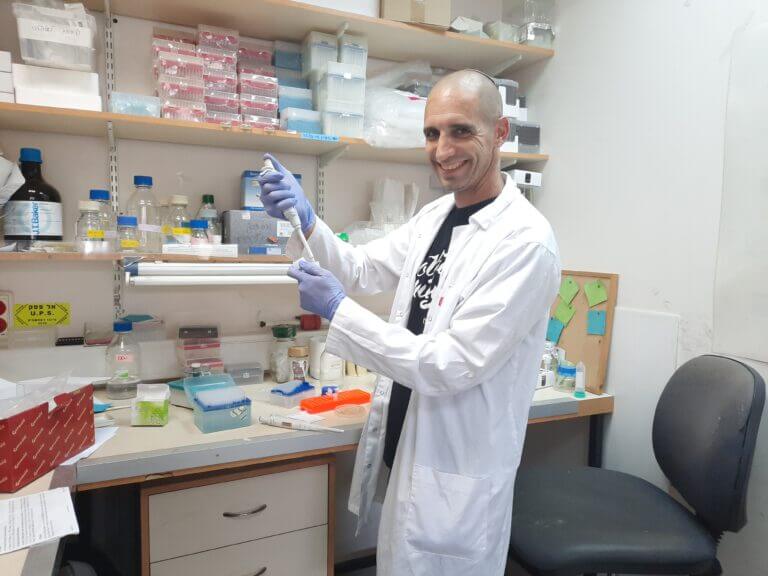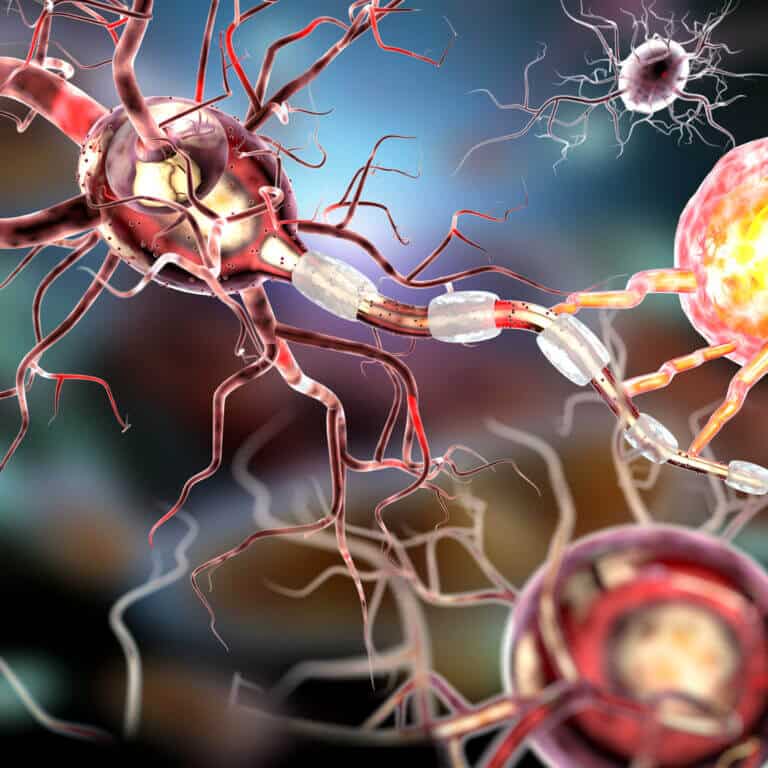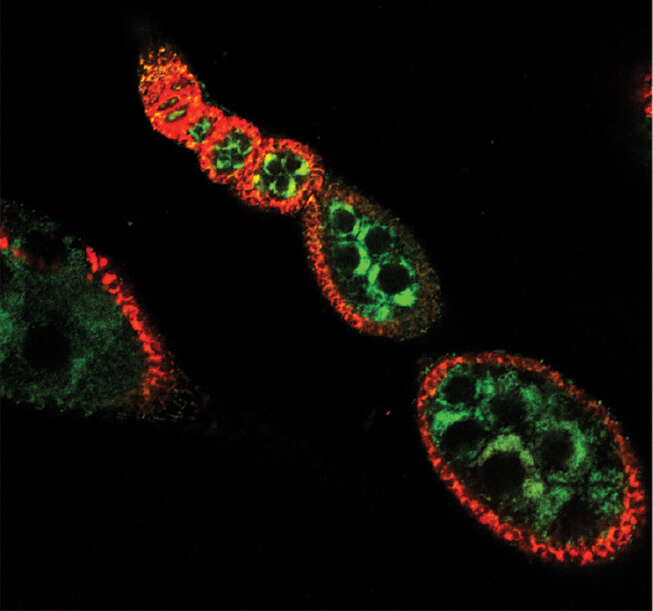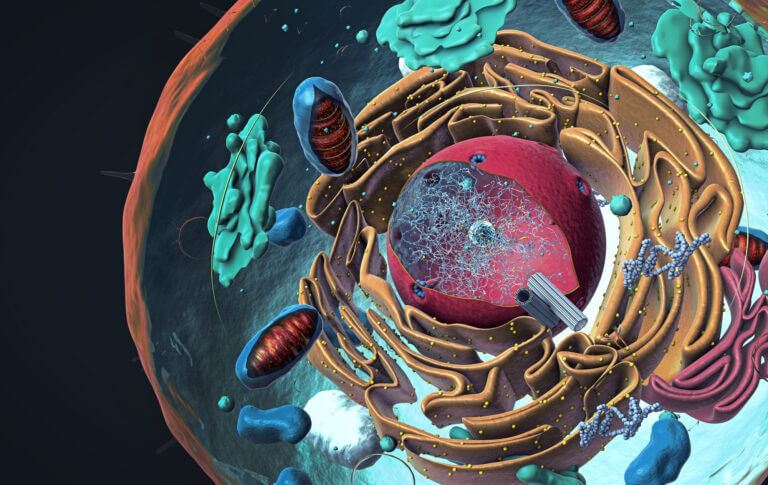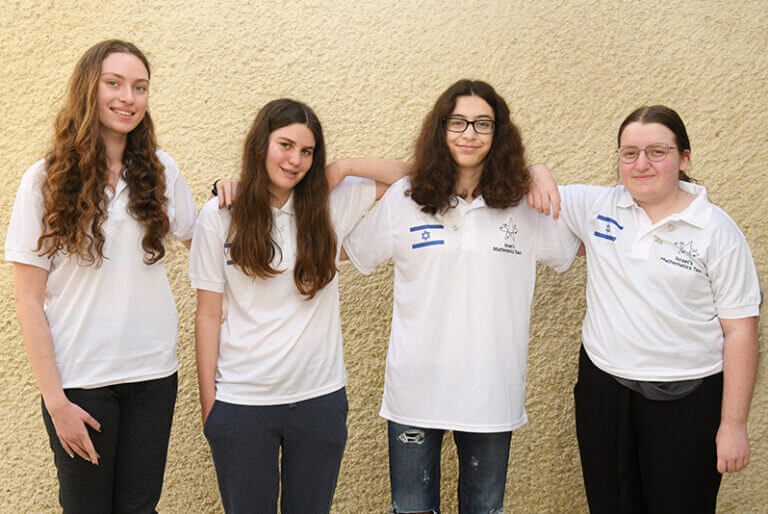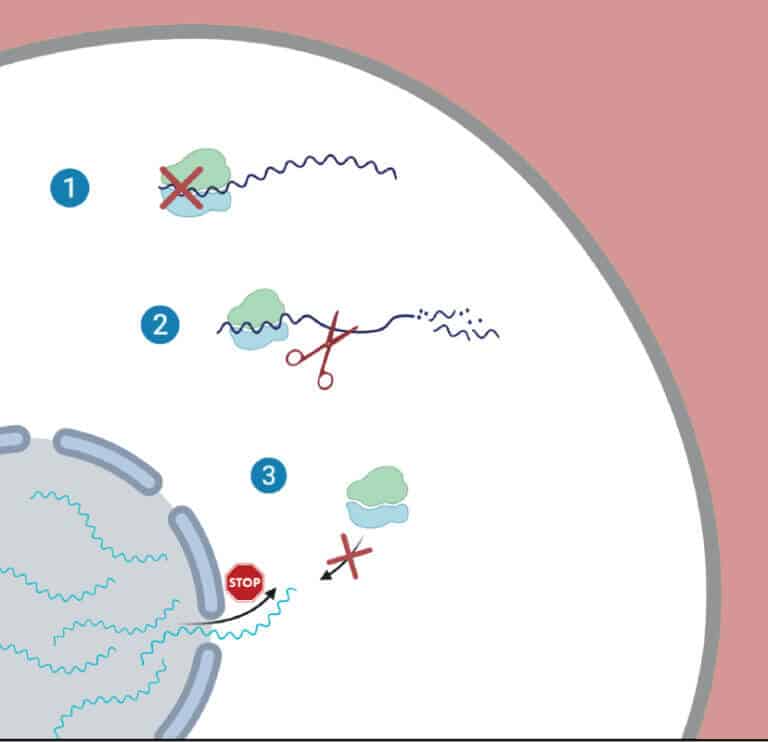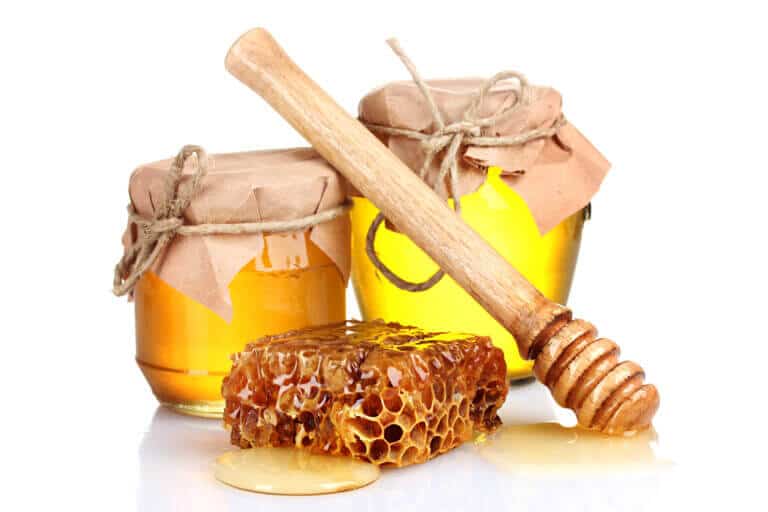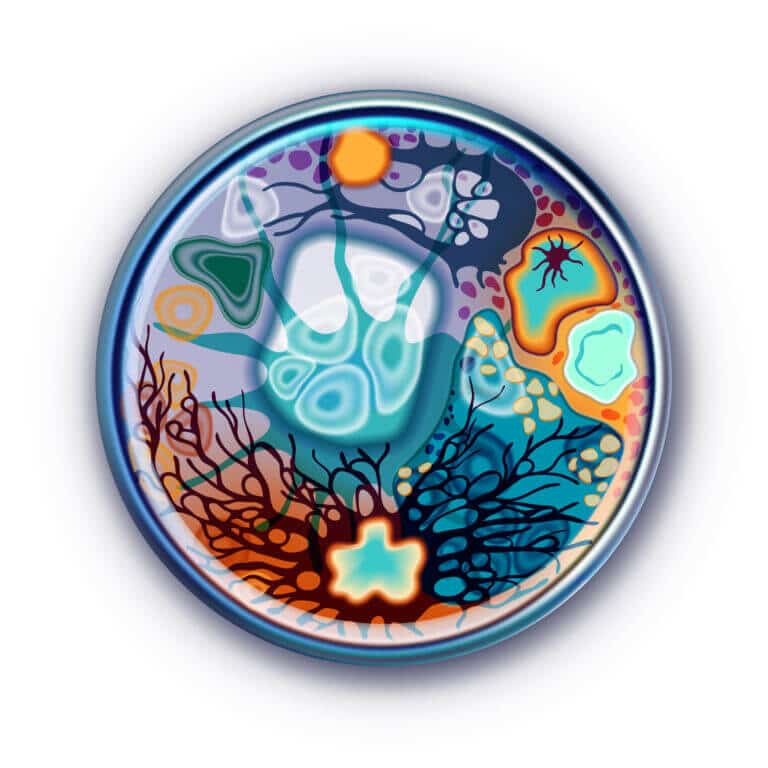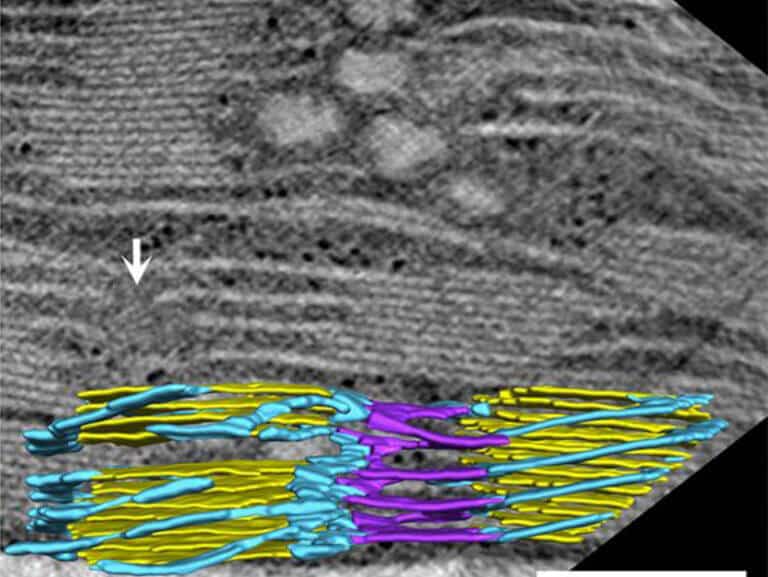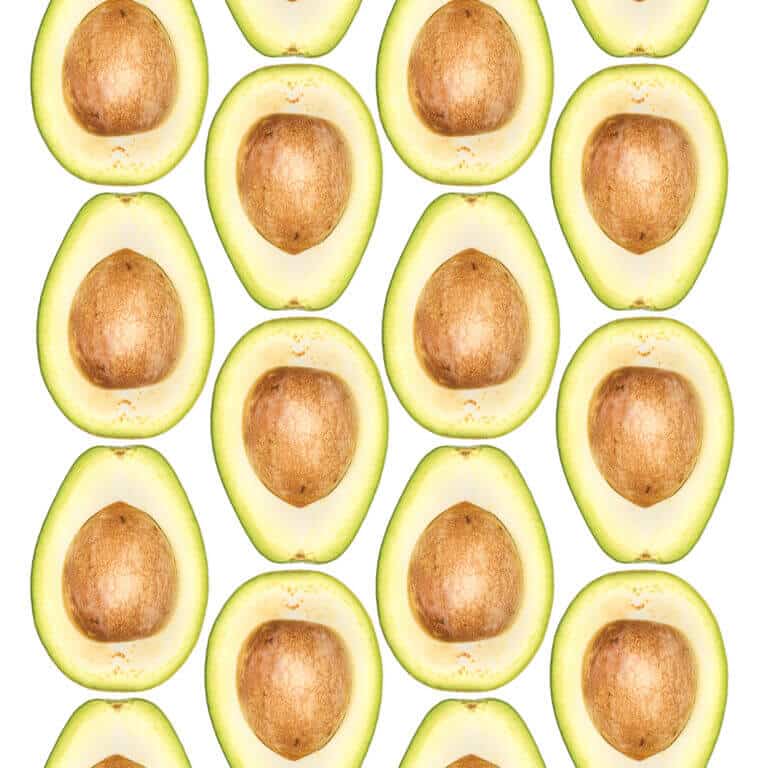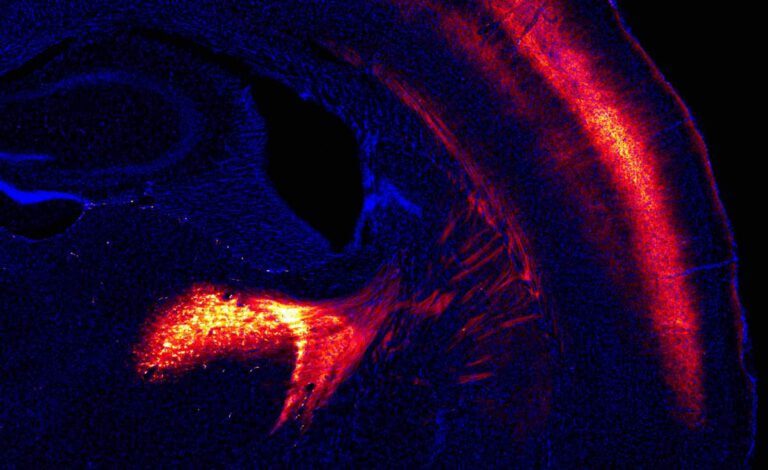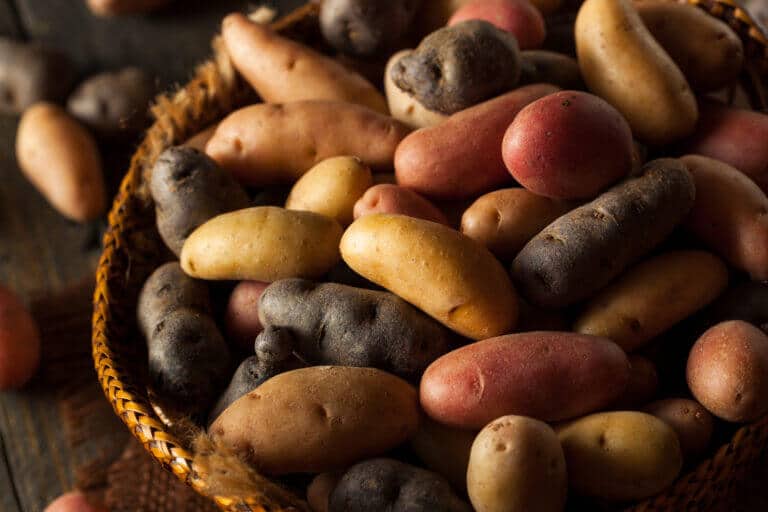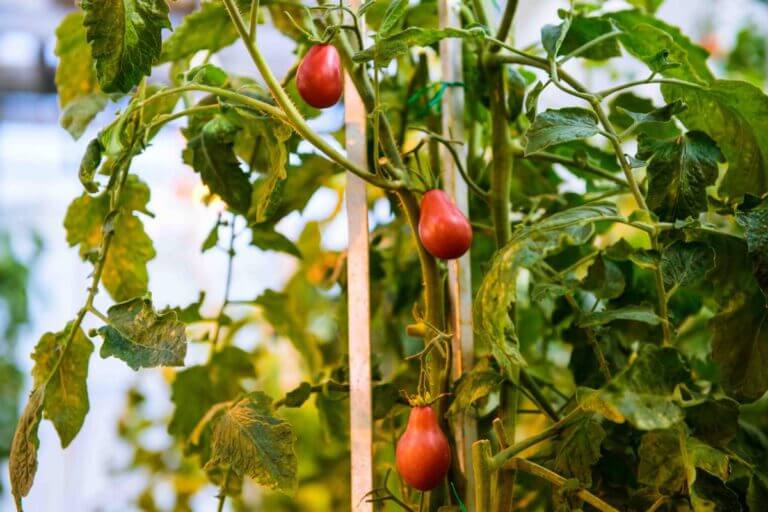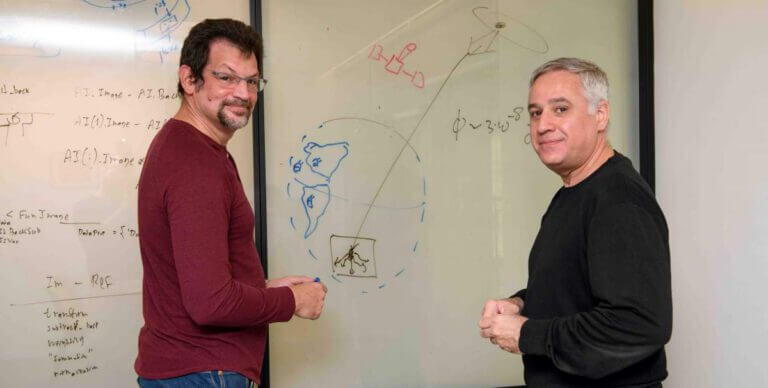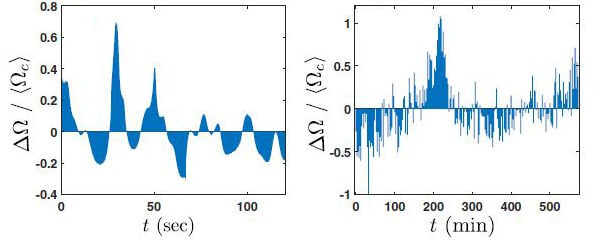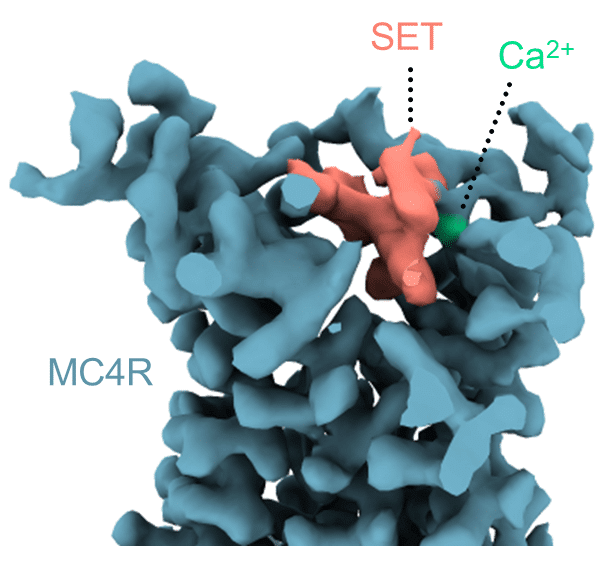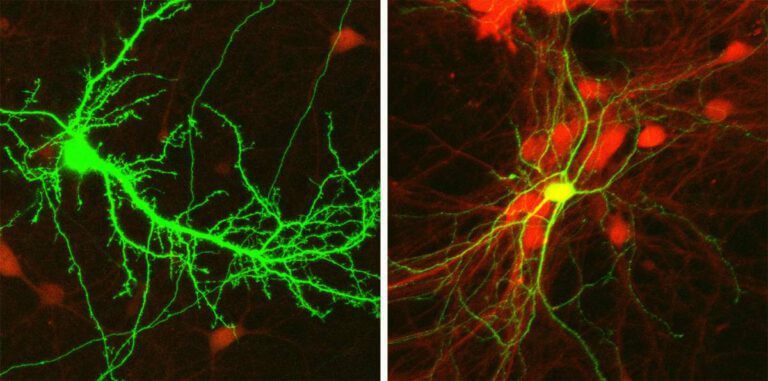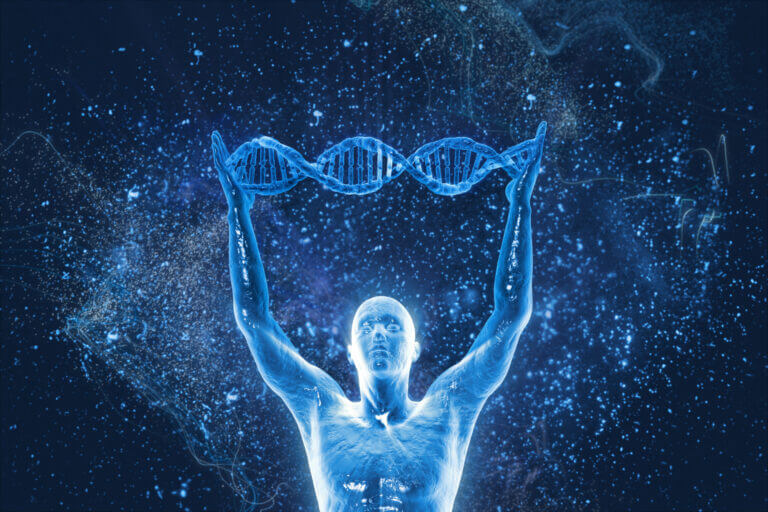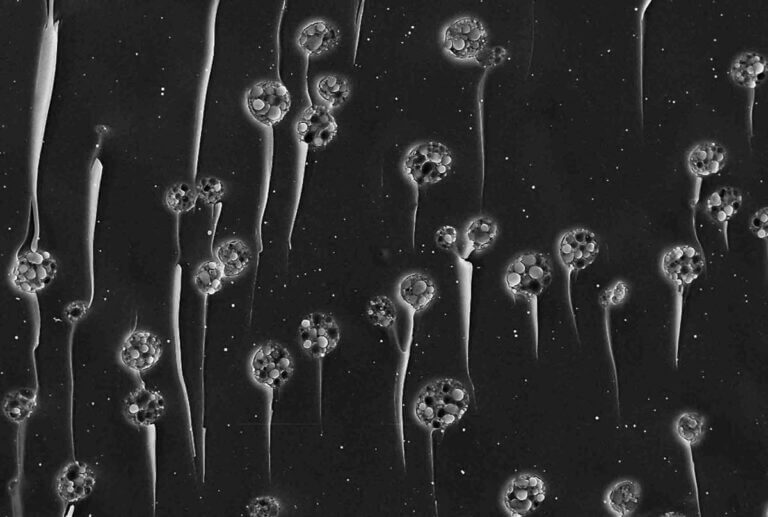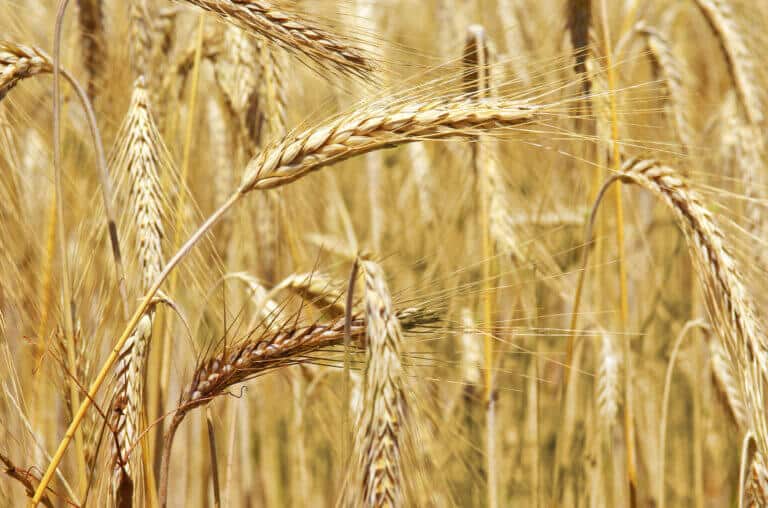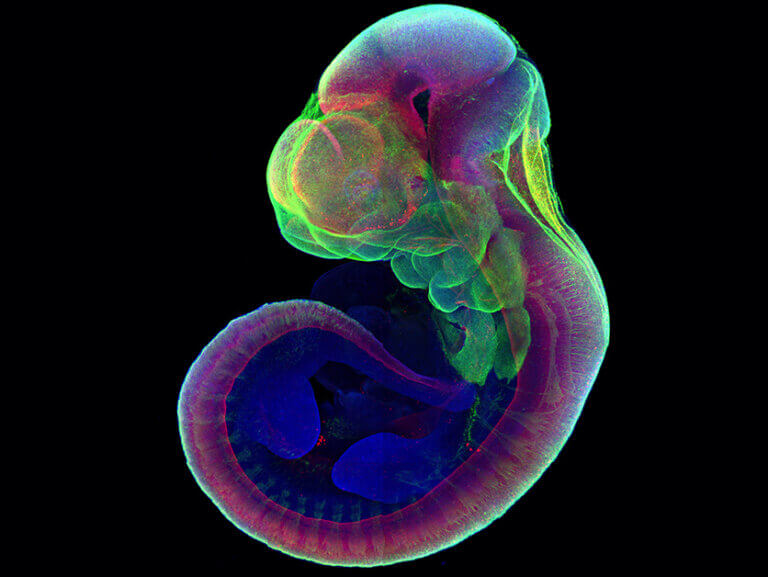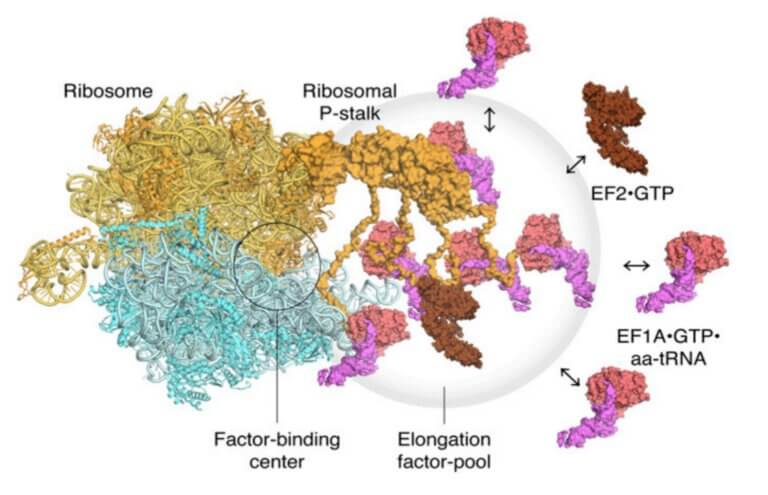Hayadan > Biology and Medicine > Genetics > Page 9
Genetics
- The science service
- June 27, 2021
- No comments
Genetic characterization of varieties is very important for farmers, because it allows choosing the right combination of planting the varieties in the orchard, to obtain a maximum yield. Characterizing varieties that are 'self-fertile', i.e. self-fertilizing (as in apricots, for example), allows planting plots with only one variety (without the need for an additional variety for fertilization - male and female) that yield a high yield, regardless of the environmental conditions at the time of fertilization, such as temperatures or bee activity such as Also saving agricultural land
- Weizmann Institute
- June 25, 2021
Weizmann Institute of Science scientists have uncovered an unusual mechanism of cell death. The findings may lead to new treatments for various diseases
- Tel Aviv University
- June 21, 2021
- 2 תגובות
- Weizmann Institute
- June 19, 2021
Weizmann Institute scientists have revealed an effect of the gut bacteria on the body's systems mediated through the supply of essential compounds for energy production in the mitochondria
- Israel Antiquities Authority Archeology
- June 15, 2021
Scientists from the Weizmann Institute of Science and archaeologists from the Antiquities Authority returned to the archaeological site of Boker Attama in the Negev, and shed new light on a defining chapter in human evolution
- The Hebrew University
- June 8, 2021
It is the fusion between the genetic load of the mitochondrion and the host cell that allowed the development of eukaryotes and the sophisticated multicellular organisms we know today," states the researcher
- Weizmann Institute
- June 3, 2021
Students trained at the Weizmann Institute won the gold and silver medals in the European Mathematics Olympiad for Girls
- Weizmann Institute
- June 3, 2021
The scientists of the Weizmann Institute of Science, in partnership with the scientists of the Biological Institute in Nes Ziona, revealed how a unique combination of three mechanisms allows the corona virus to escape the immune system
- Avi Blizovsky
- June 1, 2021
- 4 תגובות
The goal: the creation of an artificial honey stomach that traces the activity of the bee's stomach * CEO Ofir Devash: "BU Honey is working on the development of a breakthrough technology that will change the face of the global honey market and enable sustainable food products
- Tel Aviv University
- May 30, 2021
- No comments
- Weizmann Institute
- May 29, 2021
How parking lot-like structures are organized that are used to transport substances within the cell
- Weizmann Institute
- May 24, 2021
Weizmann Institute of Science scientists have shown that the herbal supplement reduces anxiety levels in mice without significant side effects
- Weizmann Institute
- May 17, 2021
Weizmann Institute of Science scientists have developed a research tool that will shed new light on communication pathways between nerve cells in the brain
- The Hebrew University
- May 12, 2021
Researchers from the Faculty of Agriculture developed biological sensors in potatoes through genetic engineering, which warn in real time about the distress of the plant
- Weizmann Institute
- May 3, 2021
- Weizmann Institute
- May 1, 2021
Is the origin of a particle that landed at the South Pole in a cosmic event 700 million years old?
- Weizmann Institute
- April 25, 2021
Scientists at the Weizmann Institute and the Technion have discovered clues to the existence of a slow regulatory mechanism in heart muscle cells designed to regulate the rhythm of their beats, and to ensure that it is as close as possible to a cycle of one beat per second
- Weizmann Institute
- April 18, 2021
Understanding the mechanism is expected to help in the development of new anti-obesity drugs
- Weizmann Institute
- April 15, 2021
Networks of nerve cells grown in the laboratory revealed a new regulatory mechanism that maintains a balance between activation and suppression of brain activity
- Weizmann Institute
- April 11, 2021
A new method makes it possible to locate points of similarity between gene control molecules of different species - from lizards to humans - and thus reveal essential sections that have been preserved throughout evolution
- Weizmann Institute
- March 25, 2021
Weizmann Institute scientists have created innovative materials inspired by the lubrication model of our joints. The result may be real news for the biomedical industry
- The Hebrew University
- March 21, 2021
Wild wheat, "the mother of wheat", is one of the first plants that man domesticated about ten thousand years ago. Over the years, as a result of accelerated cultivation to improve crops, many essential traits that are retained in the wild species have been displaced from modern wheat. Among the repressed traits, there are anatomical and physiological characteristics of the root system that have a dramatic effect on the water balance of the entire plant
- Weizmann Institute
- March 18, 2021
For seven years, through trial and error, fine-tuning and repeated tests, in the laboratory of Prof. Hana, who specializes in embryonic stem cells, they developed a two-stage method that makes it possible to grow normal mouse embryos outside the womb from the initial stages of pregnancy in order to study the different stages of development of the embryo, Something that was not possible in mammals until now
- Weizmann Institute
- March 10, 2021
- Dr. Moshe Nahamani
- March 3, 2021
- No comments
The researchers conclude and say: "Future research using high-speed atomic force microscopy (HS-AFM) will provide additional important information for understanding the dynamic activity of these complex translation machines."

